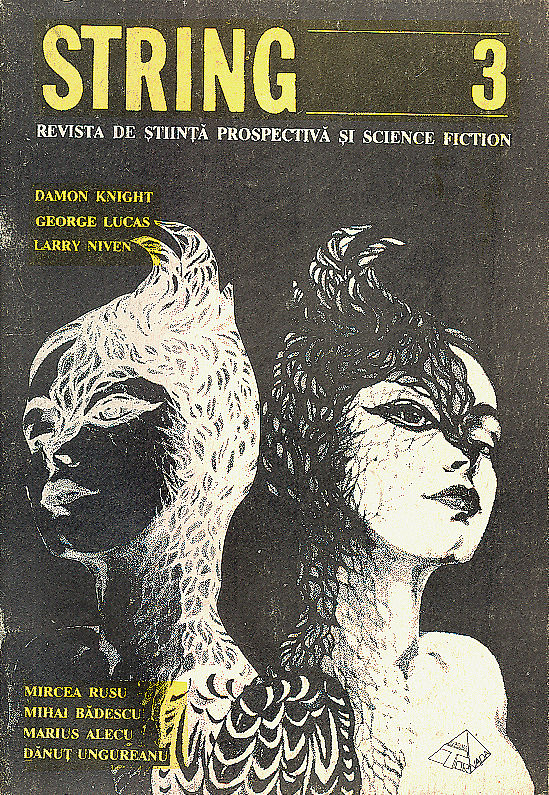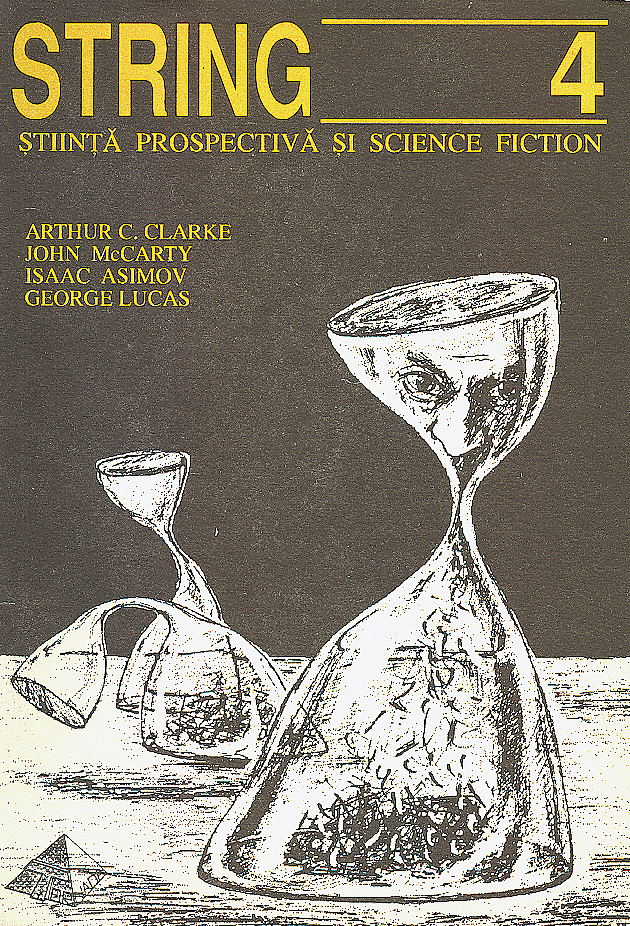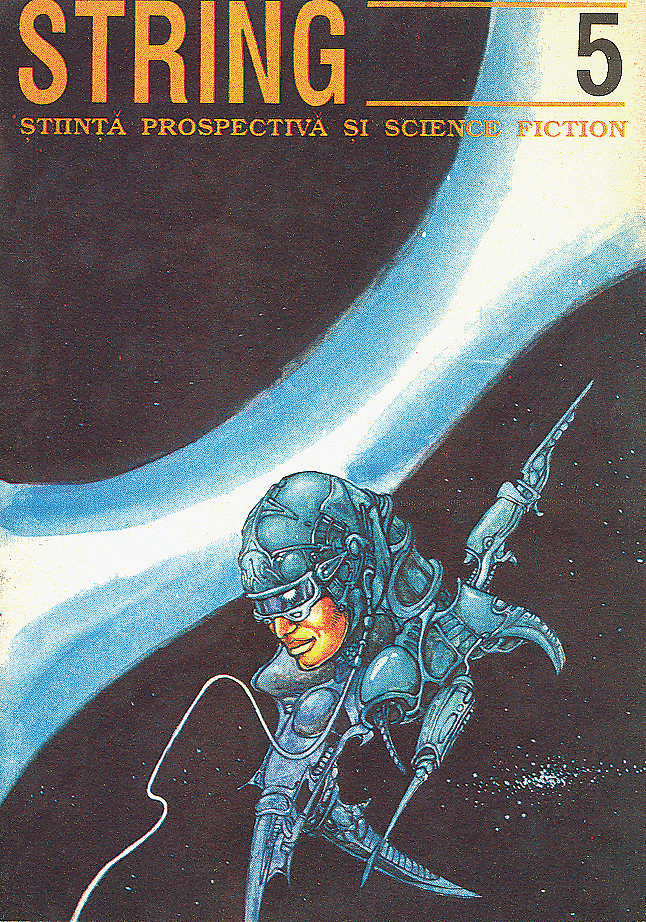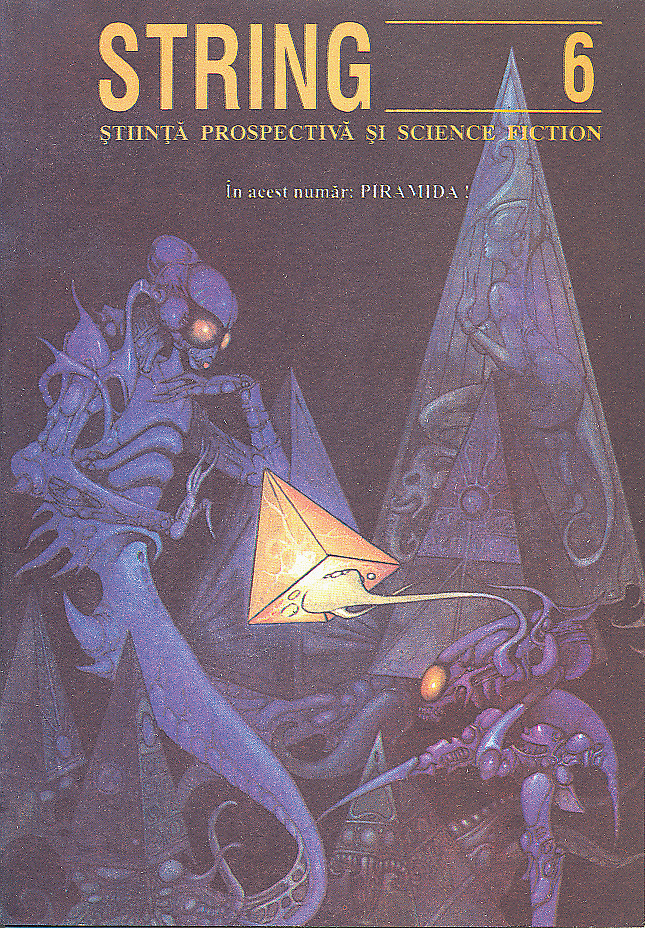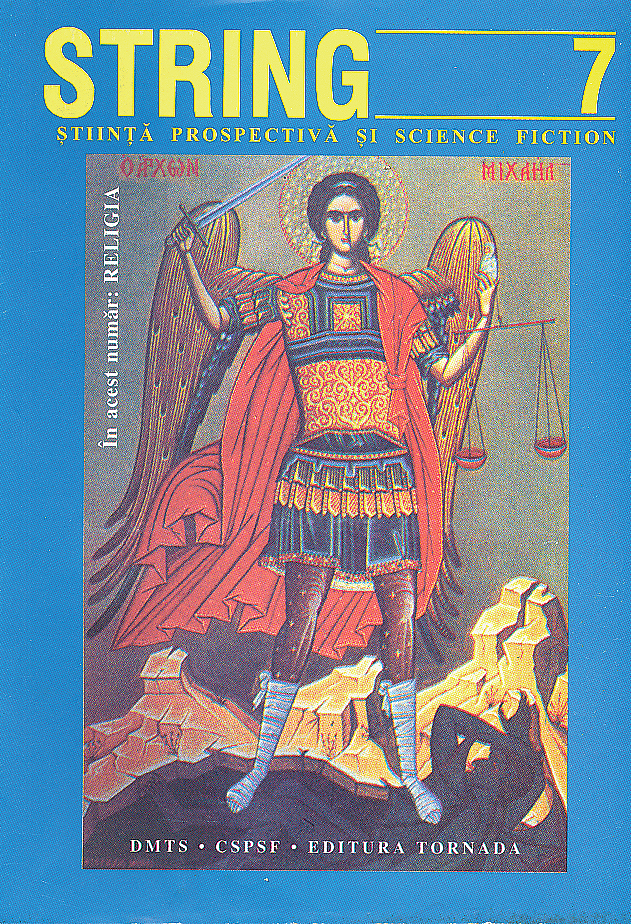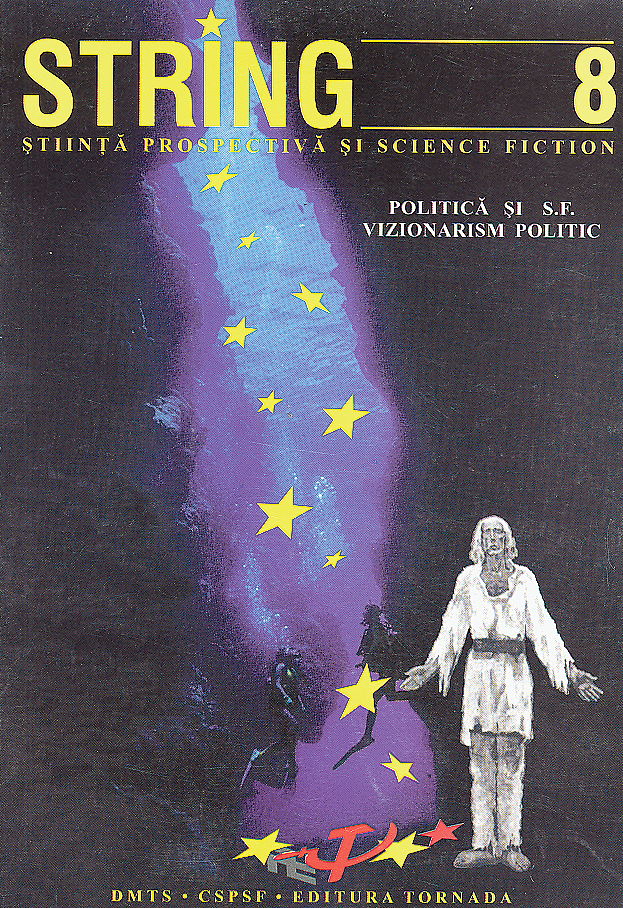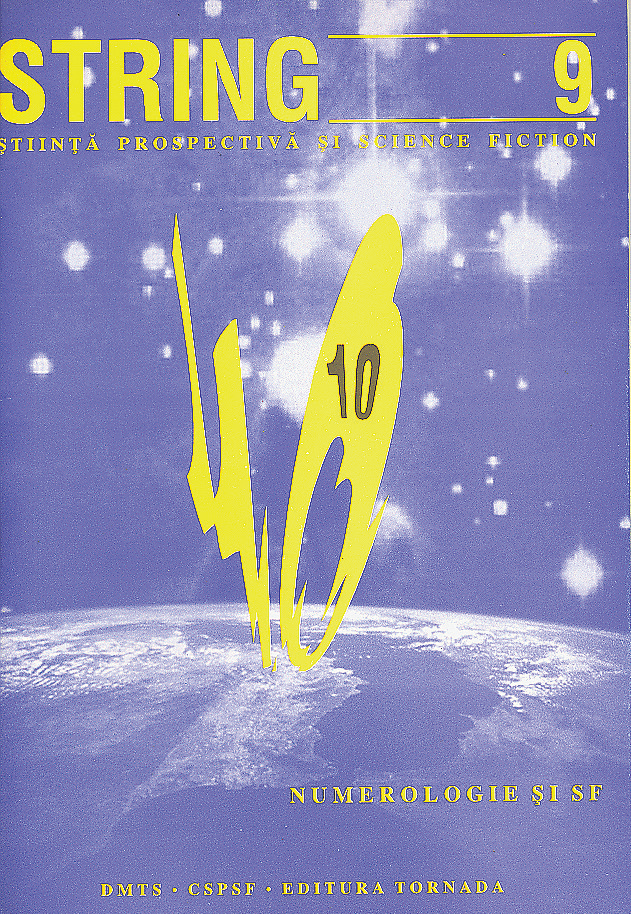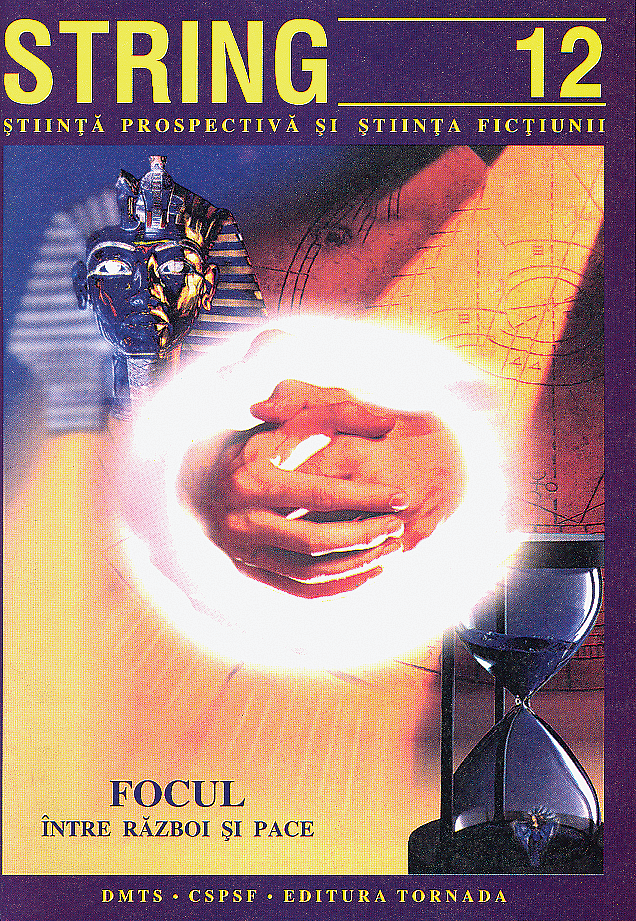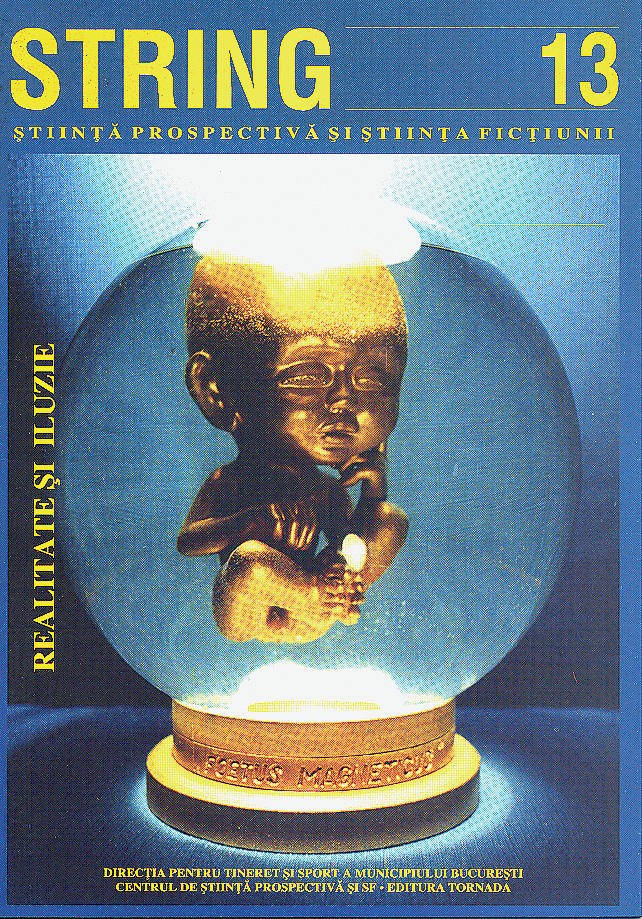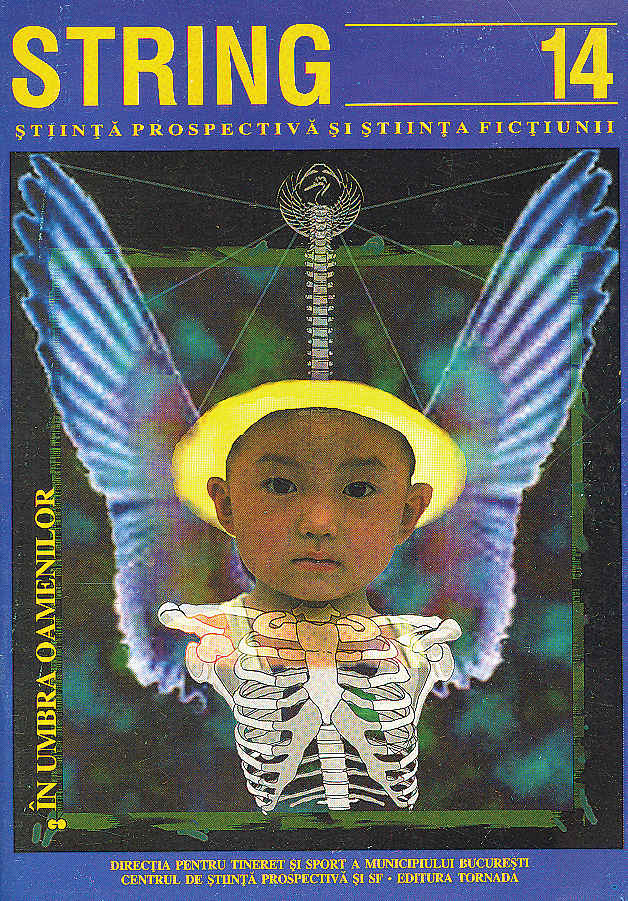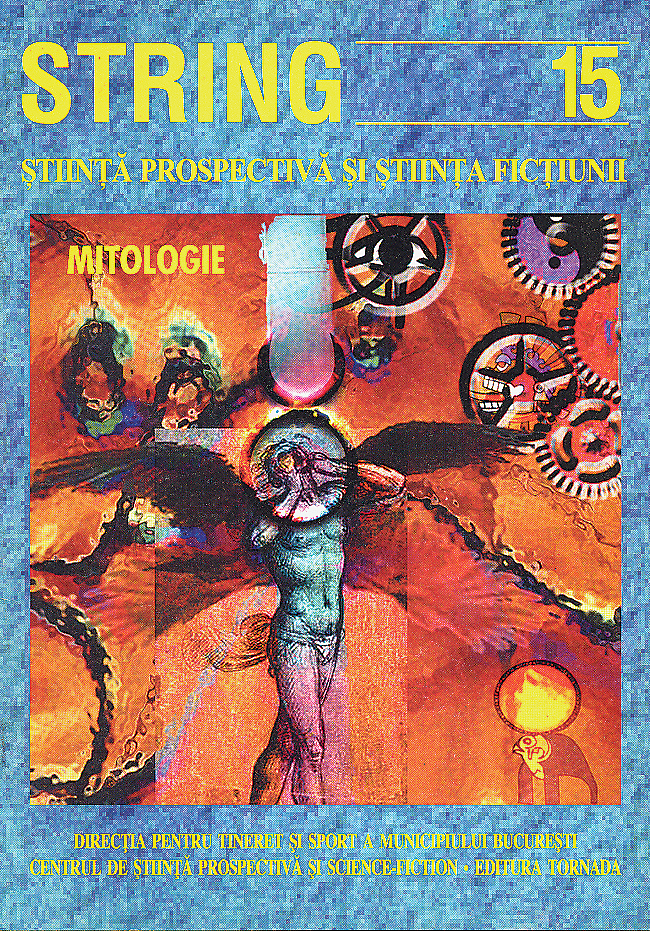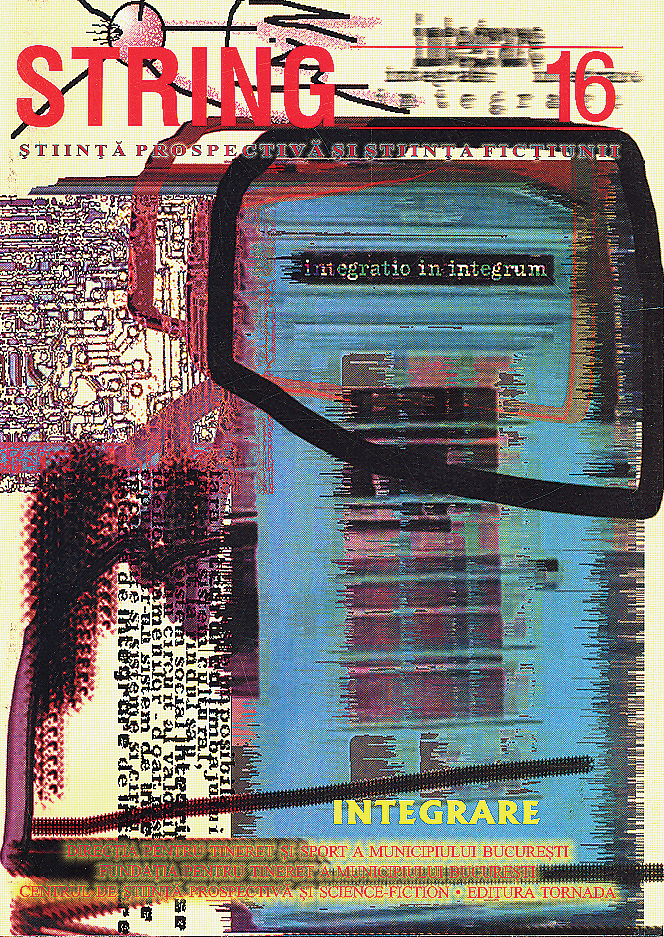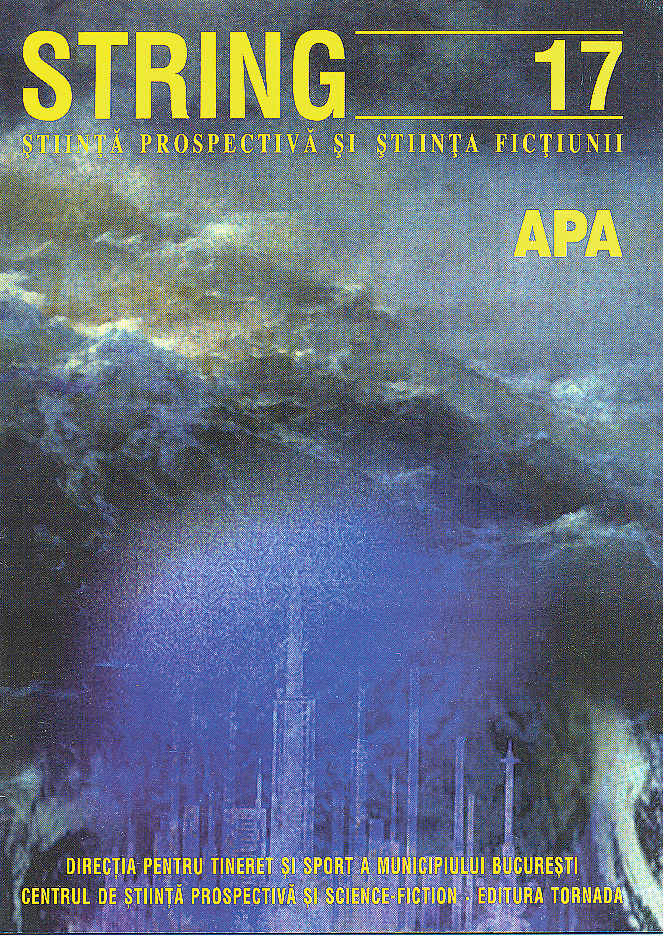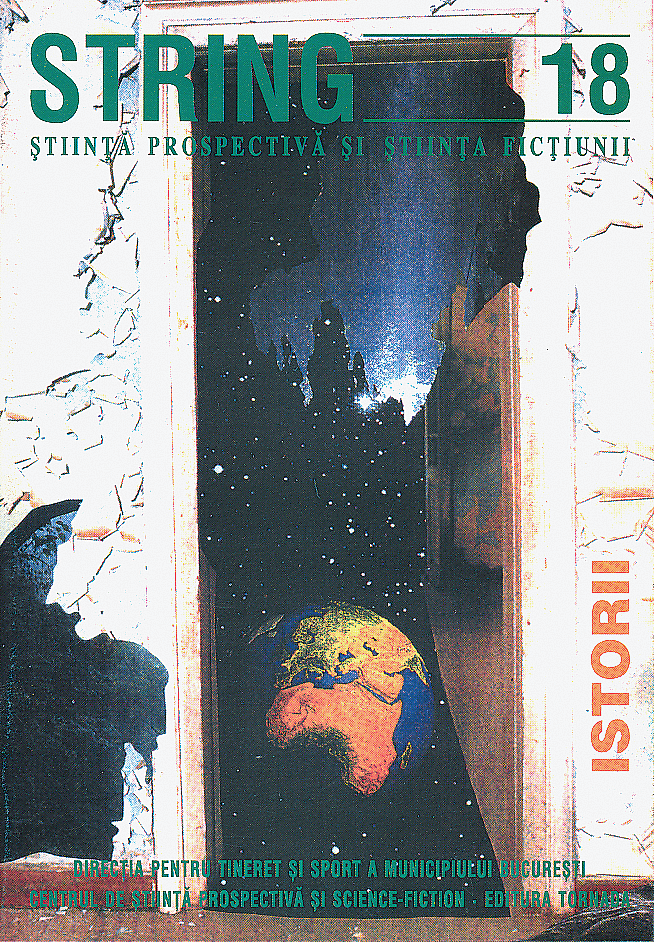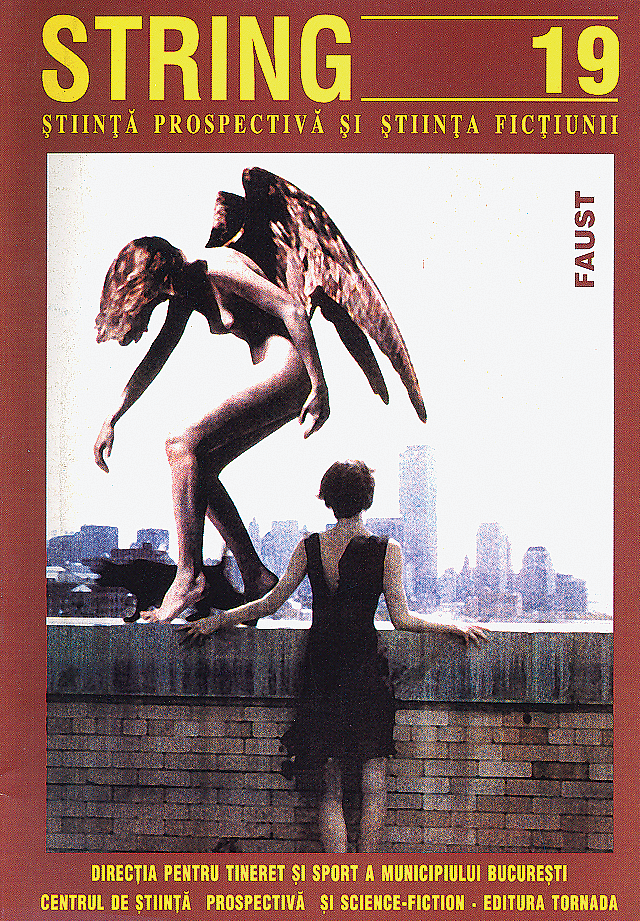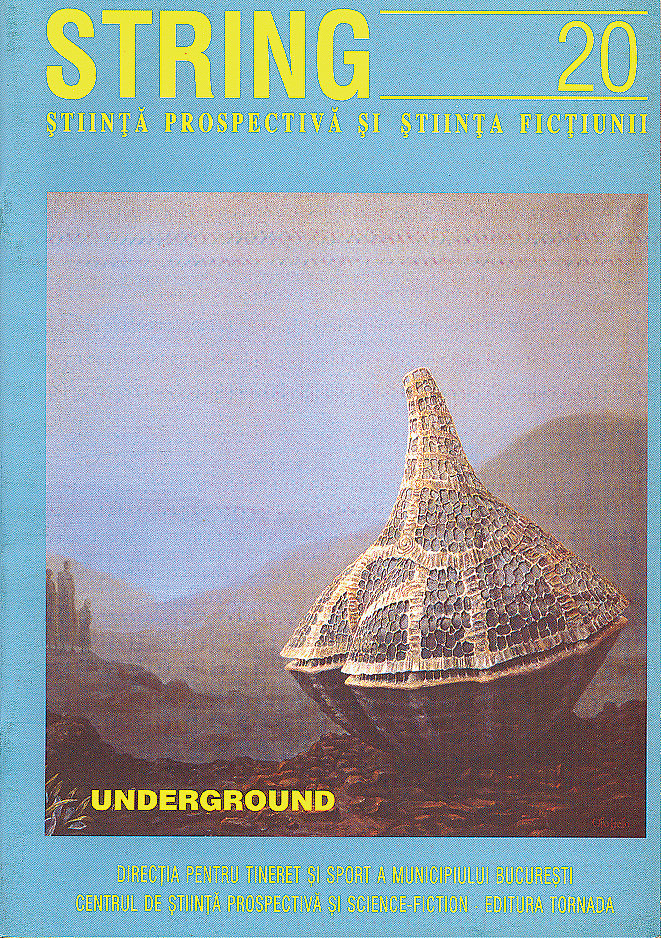String 10 Magazine
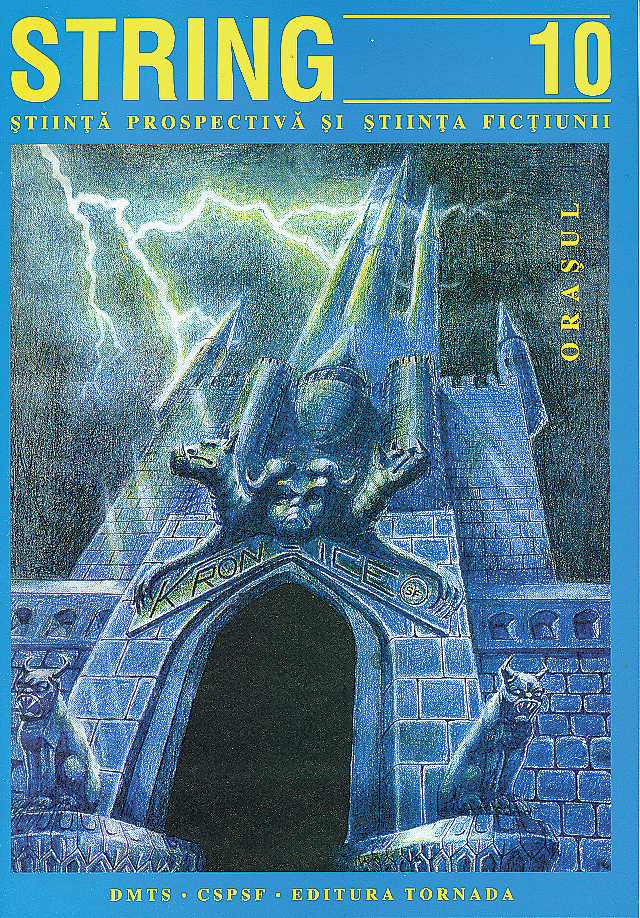
! how much the city hates
As much as I hate this city,
dungeon like the life
I get out of it only golas,
dungeon like the life
I only go out of it!
! For us Moldavi cities
you gave us a work and hospice,
ne-ai sfãrmat La Cioleșe
Under the trams of here,
ne-ai sfãrmat La Cioleșe
Below the wheels here!
! Each one is a throat
And it is paved, if sca-
by the village of the death of Hîde,
does not escape the mockery,
by the village of the death of Hîde,
Do not escape the mockery!
! Rau place, turned back,
the bad place turned on the back,
where those who have red bone
We have torn the poor bone,
where those who have red bone
The poor bone shattered us!
Death is walking again
through the Turkish Bucharest
who has taken the measure
In the beans grace,
who made his measure
In the beans you are!
in the snow at the fury
Haramini full of laptures,
in jigodii and channels
and all in the Mr. Brothers,
in jigodii and channels
And all in Mr. Brothers!
……………………………………………….
This fragment is part of Cezar Ivănescu's poem, play the doina (Melody without end) appeared in December 1983 in the volume of the same name, dedicated to reach a hundred years since its appearance The "Doina" of Mihail Eminescu.
The pain of the Bucharest residents, born under the blades of the bulldozers who wiped from history a part of our city, made the poet "Death" to write so black, that the mayor of that time, Gheorghe Pană, being announced by the appearance and content of the volume play the doina, he decided to be "melted". After a sustained struggle, which consisted among others in the retipitation and replacement of a part of the book, giving up over a hundred lyrics and seventeen poems, the volume appeared.
Can we say that these "fragments" do not meet the city's realities? That the suffering of inhabitants of our too much capital is not as great as the one of fifteen years ago if not even older?
Bucharest is on the day that passes more "Turkish" and "Harãpești Beans", Chinese, Second-Handești Union, It is poured over us without having the power to stop them. Abrited by the Sărăcie, drowned in the rubbed rubbish everywhere, "torn in Ciolănașe", the Bucharest people look at the wealth of "Haramins full of laptures", to the "jigods and canals" brothers with a "Lord" politician, president of the politician, president of You wonder what, enriched tricks on account of the stupidity or feeling of some who were to take care of not happening That and the other.
Probably we are given to live in the Purgatory Post Communist, all the miseries to which our teachers referred until 1989, when they presented our capitalism.
It is, of course, far away that city that different viewers introduce us as the world center where the "powers of the world" will come for supreme meetings and gestures. Will the urban future of the earth define a coordinates system in Bucharest? To have told him Someone-for To Ceausescu this, if he had started to build a neoclassical city at a fantastic rhythm, in the middle of which to dominate House of peoples?
Instead of historian
The first man we know he started to build a city was Cain. (Genesis, 4, 17) “... He then began to build a fortress, and put on this city the name of his son Enoch“. This beginning actually meant the passage of the peoples from the state of "nomades" to the "sedentary". And as the man was from his egocentrist's beginnings, he and the city built by him became the center of the world. Spiritualizing, man began to appoint his fortress according to his relationship with the universe: the city of the sun, Heliopolisul, The Fortress of Peace, Salemul, the house of God, Beth-el.
The science that played perhaps the most important role, in ancient times, in the construction of cities was astrology. The position of the sun or large bear determines the location and design of the fortress. Then appeared gnomon, a measuring instrument that directed the city plan taking into account the center. The site had to be so chosen that in the middle of summer, the Gnomon did not have to make a shade. It was also taken into account the convergence of winds, waters or telor currents.
The shape of the cities was different throughout the time starting from the square and reaching the circle, all with a well thought out street, especially in the cities where the wise men had a difficult word to say.
And the more people were perfected by knowledge or spiritualized by faith, the more cities began to gain greatness. The temple, the church or the pagoda, in the form of pyramid, cathedral or zigrated have become attraction centers in the city, not often, developing around them. The cities were also developed at the intersection of commercial roads, or in our time, from the ambition of a creator, usually architect, by clearing the jungle or furnishing some rocks. Today, a new city can also appear from the need for experiment or from the need to express an artistic dimension. The human being accumulates more and more and needs more and more sophisticated spaces. The city is one of them.
Cosmic expansion will bring new types of cities. On interplanetary stations or unpopular planets the earthly fortress, depending on the environment, will develop other forms. The Literature and the Science-Fiction film familiar us with a series of urban models and populations from the near or distant future, in parallel worlds or alleged universes.
Of ours
The evolution of the city was parallel to the evolution of man. By designing and building, it practically developed industry, trade, transport and tourism but perhaps more than in other fields, psychology and philosophy of the city. The study of the life of the city has worried many. From Babylon to Babylon the Great (Rome), from Jerusalem to Europeol, the cities had their mysteries reflected in the intuitive, felt or thoughtful transcendent, transmitted from one to the other if not directly by writing. The leaders of these cities had to be special beings, who understand the real or unreal life, visible or invisible of the space they had to administer.
Currently, the fight for the city is no longer a war of conquest from the outside, Trojan, except where the cities are on the territory of a conflagration, otherwise the fight goes from within and has a most often political character.
The struggle for power is exacerbated as the day passes: from the ideal war expressed through programs, or speeches that can often fall into pain, to spending huge amounts on colorful images, representing smiling candidates, with too much mobile for the taste of salt.
Thickening their voices deeply, looking under the bushy eyebrows, pumming their hair or grinding their teeth, power lovers, imagining that they love the city are beating each other under the tired eyes of the people who only want peace, for four years. And because they are not left in peace for four years, and are called to choose after two, tired, they do not want to do that either. And no one understands this state. May the binding to The national computer system of each one could solve the participation of the citizen in the vote or to solve other problems of the fortress. But for now, this way in Romania belongs to science-fiction.
"According to contemporary psychoanalysis, the fortress is a symbol of the mother, under its double aspect - of protection and limite. It is generally related to the female principle." (Jean Chevalier, Alain Gheerdrant)


 Română
Română Deutsch
Deutsch English
English Español
Español Esperanto
Esperanto Français
Français Italiano
Italiano Latīna
Latīna Português
Português 中文(简体)
中文(简体) 日本語
日本語 한국어
한국어

